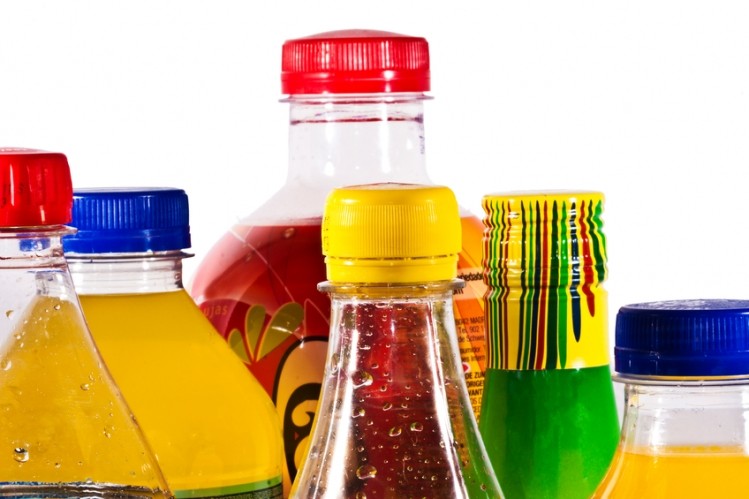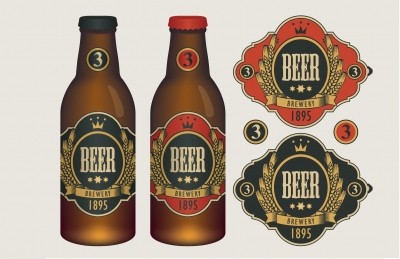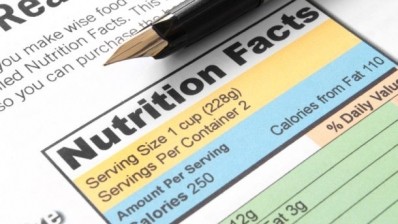How to plan for the FDA’s new beverage label rules

These changes are revisions to the National Labeling Education Act (NLEA) of 1990. Most producers will be required to adhere to the new rules within two years (2018), though producers that earn less than $10 million per year in revenue will have until 2019 to meet the changes.
The updates will have a major impact on beverage producers and their products. Some of the specific changes include:
- Changes in required nutritional information, such as a new added sugars declaration, changes to daily values and vitamins
- New record-keeping requirements
- Changes to serving sizes
Start the process of keeping and documenting new records
The FDA has created a new, mandatory declaration for added sugars in beverages.
In fact, the FDA specifically cites sugary beverages as one of the driving forces behind implementing the new rules. According to the FDA, “on average, Americans get about 13% of their total calories from added sugars, with the major sources being sugar-sweetened beverages.”
It goes on to list soft drinks, fruit drinks, coffee and tea, sport and energy drinks and alcoholic beverages as important contributors which should take care to declare added sugars.
These changes will require producers to specifically calculate and track new totals in the beverage production process.
For the first time, beverage producers are also required to make and keep records that verify the declaration of mandatory nutrients, including added sugars, certain dietary fibers, vitamin E, folic acid and folate for which analytical methods are not currently available.
In terms of fruit and vegetable juices, “added sugars” is meant to refer to any sugars that would be absent in a 100 percent concentrated version of the same volume.
"Even though you have some time to implement changes, getting a jump on calculating & tracking records will make it easier to comply with the new regulations"
Vitamin D and potassium, on the other hand, have been added to the list of mandated ingredients specifically because many Americans do not get enough of them in their daily diets.
Producers of beverages that contain these ingredients should now include them in their nutrition labeling, and can even take the opportunity to stress their presence on other elements of their packaging.
Even though you have some time to actually implement these changes on your labels, getting a jump on calculating and tracking these records will make it easier to comply with the new label regulations.
Prepare for new label layouts, designs and costs
The FDA’s new rules include changes to the format of the Nutrition and Supplemental Facts Label (the principal display panel). Broadly, these changes include:
- Bigger type for all information
- Different information will be bolded
- New, required label formats for certain products, in accordance with changes to serving sizes
- Potentially more space for some brands
“Includes X g of sugar” will now be listed under “Total Sugars”
There’s a new, mandatory footnote at the end of the principal display panel, which replaces the old daily values footnote that appeared at the bottom of the panel. While this change doesn’t technically add any space to the panel, many beverage brands have (incorrectly) left off the previous daily values section for years.
In reality, many brands will have larger labels because this footnote is smaller and the rest of the label is bigger. That means potentially limited branding space, new label design, or even new printing plates and additional label printing costs. You’ll need to work with a label-printing partner to plan for these changes and find solutions to minimize the potential cost impact.
There is still an exception on the books, however, for packages where there are 40 or fewer square inches of total packaging available for labeling. In these cases, facts may be placed on any label that may readily be seen by consumers and in a “side-by-side” format where necessary, with information following vitamins and minerals placed immediately to the right and separated by a line.
Also, if the package does not have the necessary vertical space (about three inches) to accommodate the standard vertical layout, nutritional information may be presented horizontally. This exception remains in place from earlier FDA rulings, and more information on size restrictions can be found here.
About the author: Marsha Frydrychowski, director - marketing services, Resource Label Group.
Marsha Frydrychowski has more than 15 years of experience working with consumer packaged goods companies in marketing, packaging and branding. She leads marketing efforts for Resource Label Group, a full-service label manufacturer with locations throughout the US and Canada. Resource Label Group has published a full rundown of the FDA’s new rule changes on its website.










